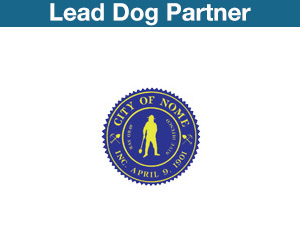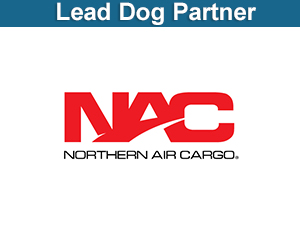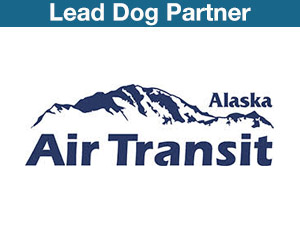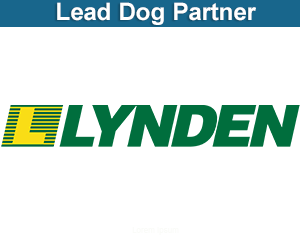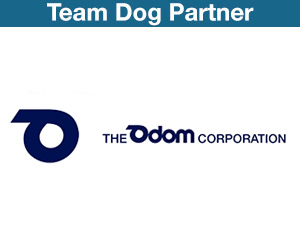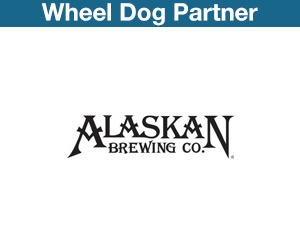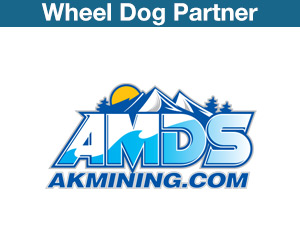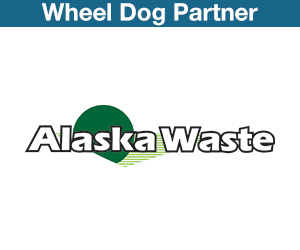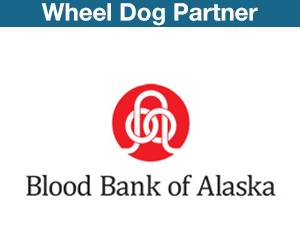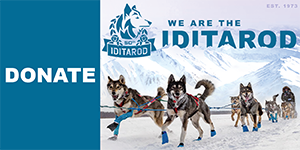
After racing season is over and the snow melts in Alaska, the canine athletes of the Iditarod begin a quick transition into the summer months. Although the terms “training” and “conditioning” are often used interchangeably, their distinctions should be noted for this discussion. In the purest sense, training is the mental process of learning how to perform in and as a team. Conditioning refers to the development of the musculoskeletal and cardiovascular systems, as any serious human athlete can appreciate!
During the warmer weather, mushers focus more on mental training rather than physical conditioning. Summer is an ideal time to train younger dogs general commands such as gee (right) and haw (left), how to harness, and how to interact with older, more experienced teammates. Since sled dogs are typically extreme high energy athletes, the most important command for them to learn is “WHOA” or “STOP”!! In addition, this is a good time to prepare for responding to events on the trail, such as natural hazards and wildlife encounters.
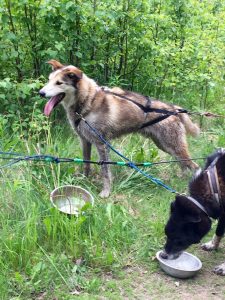
For the most part, this training is done with the use of four wheelers (ATVs) or side by sides instead of the typical sleds due to the lack of snow. These machines give mushers more control over the dogs since they can stop quickly and safely at any time to correct unwanted behavior. Dogs can still be hooked up to racing harnesses as if they were pulling a sled, or they can “free run” off leash while following the musher on the ATV. Both harness training and free running are an important part of the off season. Harness training gets dogs into the routine of pulling in harness while free running allows dogs to have fun while still learning general commands. Some dogs even work as part of tour operations during these months, which will help them maintain a level of physical conditioning.
Training in the summer presents unique challenges that aren’t typically as big of a concern in the cold Alaskan winters. Sled dogs must always be monitored for signs of hyperthermia (overheating) and dehydration, but obviously the warmer summer weather may exacerbate these. To keep dogs hydrated, mushers strategically plan routes with puddles, streams, or lakes along the way for frequent water breaks. Some mushers even use swimming as part of their training to avoid overheating. Frozen snacks of salmon or water are used as well to ensure adequate cooling and hydration during training runs. Mushers also train in the middle of the night under the midnight sun when the temperatures are lower to prevent hyperthermia.
In conclusion, summer can be used as a time to continue training while enabling our canine athletes to pause from the conditioning and racing schedule of winter. Lots can be learned particularly by younger teammates during this time, but care has to be taken to ensure that all dogs don’t overheat or become dehydrated when on these shorter excursions. Overall, the most important part of summer training is to have fun interacting with and teaching the team, while still maintaining a basic physical conditioning program.
Disclaimer: The Content is not intended to be a substitute for professional veterinary medical advice, diagnosis, or treatment. Always seek the advice of your veterinarian with any questions you may have regarding a medical condition for your pet.







